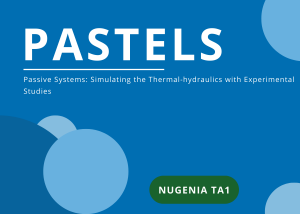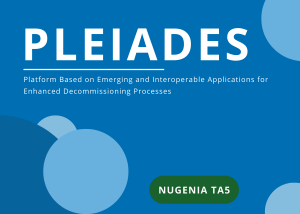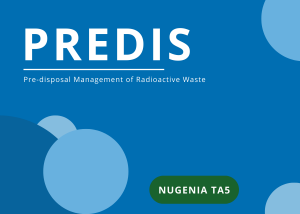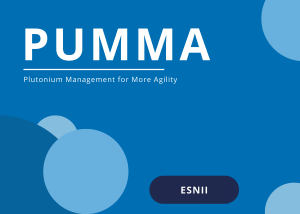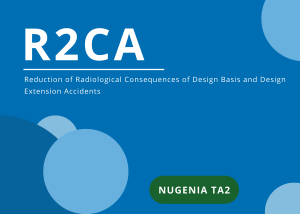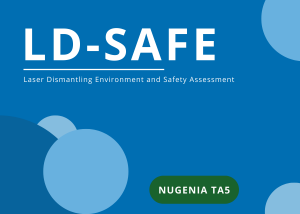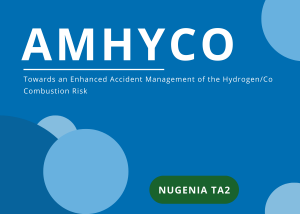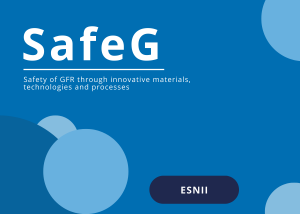Project Portfolio
On this page, you will find all SNETP-labelled Euratom projects that are part of our portfolio. Below, you can browse through the ongoing projects and consult their factsheets, which explain the projects’ objectives, partners, duration, etc. In the archive section, you can also find past projects that have already been successfully concluded.
If you want to learn more about the SNETP label and, more importantly, about the different projects, please join us for our new webinar series: SNETP Project Portfolio WEBINAR Series. The next webinar will take place November 28, 2025, and will spotlight two key Euratom-funded projects focused on advancing safe and sustainable technological solutions. Register here.
Take advantage of the SNETP Community, and have your project labelled now.
Search within our projects by using the filters below. To access finished projects please click here.
The overall objective of PASTELS is to improve the ability of European nuclear actors to design and deliver innovative passive safety systems and simulate their behaviour to support the safety demonstration.
The PLEIADES project aims at demonstrating a digitally enhanced approach for a set of key decommissioning and dismantling (D&D) tasks in real life examples from selected projects in Europe.
Among others, PREDIS objectives are to develop solutions, methods, processes, technologies and demonstrators, for future treatment and conditioning of waste for which no or inadequate solutions are currently available.
The PUMMA project will define different options for Pu management in Generation-IV systems and evaluate the impact on the whole fuel cycle in addition to safety and performance aspects.
The project mainly aims at consolidating assessments of the radiological consequences (RC) of explicit DBA and DEC-A reactor accidental situations through updated calculation schemes and harmonized methodologies from which some rationales for EP&R action optimisation will be derived.
Validate the laser cutting technology for the dismantling of the most challenging components of power nuclear reactors in air and underwater. Demonstrate that the in-air and underwater laser cutting technologies are a relevant alternative to the conventional techniques used for the segmentation of the power nuclear reactors internals (RVI) and pressure vessels (RPV).
The main objective of AMHYCO is to propose innovative enhancements on the way combustible gases are managed in case of a severe accident in EU Gen II/III reactors in operation.
The global objective of the SafeG project is to further develop the GFR technology and strengthen its safety. The project shall support the development of nuclear low-CO2 electricity and industrial process heat generation technology.

